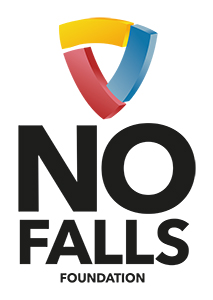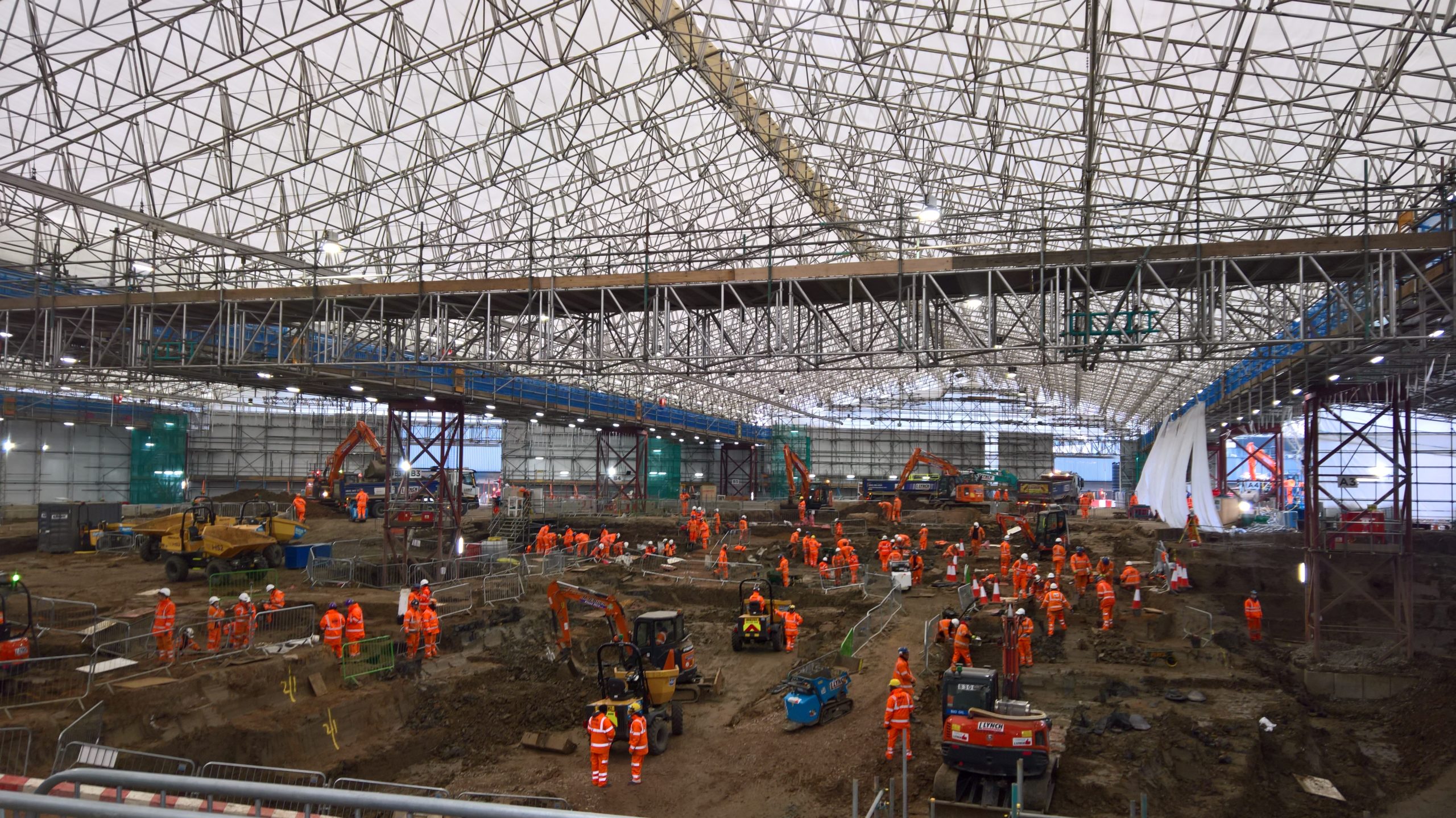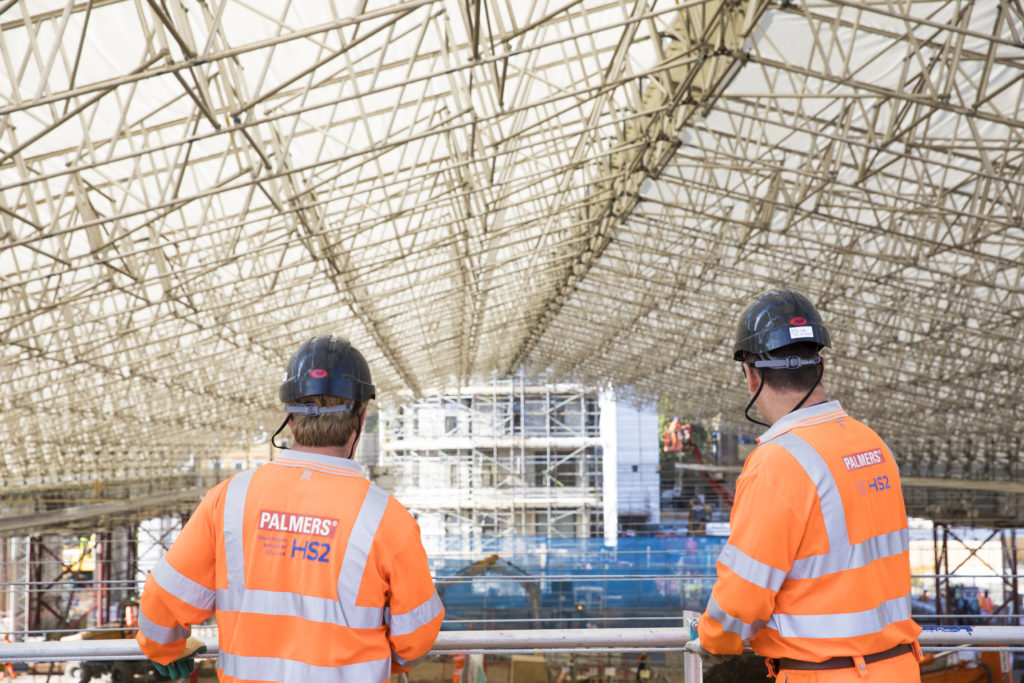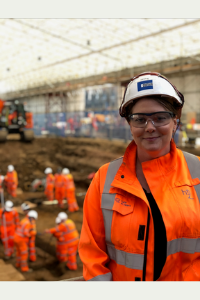When I talk to people about archaeology and delivering archaeological works it’s not traditionally perceived as a high-risk profession. Unless of course your point of reference is Indiana Jones. Yet delivering complex archaeological works on major infrastructure projects brings with it a myriad of challenges and potential risks, including plant and pedestrian interfaces, deep excavations, Musculo-skeletal disorders and work at height, to name a few. Recent works by Costain-Skanska JV on the Enabling Works contract in Area South for HS2 Ltd triggered massive archaeological investigations in Central London with the excavation of a large post medieval burial ground containing an estimated 60,000 burials.
A requirement for the works was the complete encapsulation of the burial ground to ensure that the archaeological excavation could be carried out safely and given all due care, dignity and respect to those buried within the cemetery. Costain-Skanska JV worked with Palmers Scaffolding Group and RDG Engineering to design and deliver a complex system scaffold structure which covered the 11,000m2 area and incorporated a suspended inspection and maintenance gantry and high level walkways with integrated edge protection to provide access to the complex lighting and power supply which was installed at roof level to limit cable strikes during the excavation phase. The whole structure was erected without the use of a crane, but with the use of a birdcage scaffold and bespoke working platform which allowed the roof trusses to be assembled in a safe elevated position and winched into place on parallel spine beams where they where then pulled into place using a tirfor and guide tower at ground level. Using this methodology, the twin roofs were erected with minimal work at height and improved manual handling procedures.
Tom Pawson, Costain Groups Scaffolding Designated Individual said “Falls from height often cause life changing injuries and fatalities. The impact is felt not just to those that fall but also their families, friends, and colleagues. At Costain we place the utmost importance on developing innovative solutions to remove the need for people to work at height. Where the requirement to work at height cannot be eliminated, we always seek to develop solutions that can be largely implemented at ground level and reduce, as far as is reasonably practicable, the requirement for anybody to be working at height.”
A key mandate set out by HS2 is to establish a programme of work which drives innovation and leaves a lasting legacy across multiple disciplines and specialisms. The work in St James’s Gardens has set new standards in how working at height can be eliminated through strategic and innovative design from the outset.





